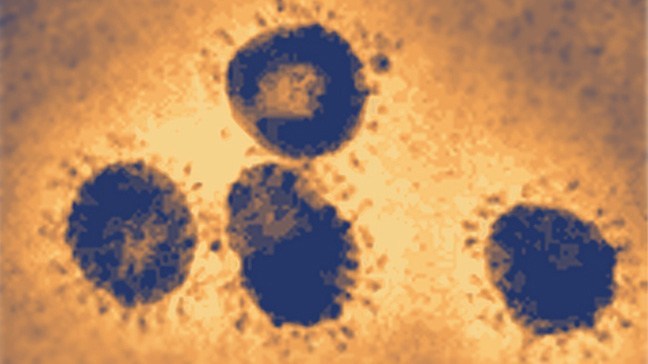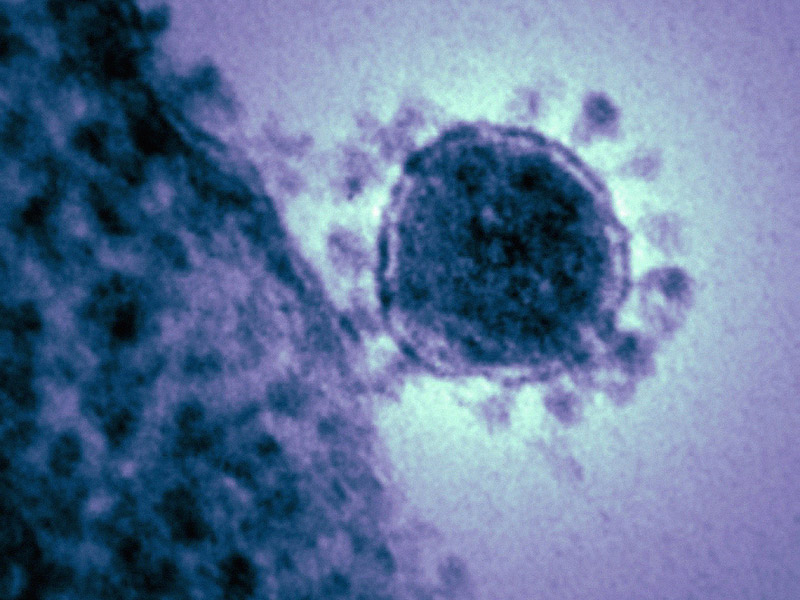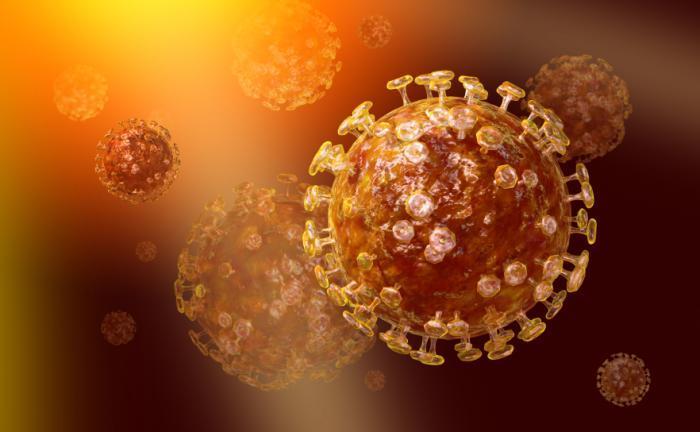The pandemic disease named Corona Virus Disease 2019 (Covid-19) was originally identified in a city of China, “Wuhan,” and it is responsible for causing respiratory problems, including pneumonia. This coronavirus was first characterized in December 2019, among the people who ate seafood and visited the animal market in Wuhan City, China. As it is a zoonotic disease, so it can easily spread from person to person.
This coronavirus is closely related to Severe Acute Respiratory Syndrome (SARs) and Middle East Respiratory Syndrome (MERs) as they all are caused by the viruses of the same family.
Covid-19’s relation with SARs
Covid-19 and SARs are closely related to each other because of their causation agent, symptoms, pathway, and their country of origin i.e., China. Covid-19 is caused by the virus strain named as Severe Acute Respiratory Syndrome Coronavirus 2 (SARs-CoV-2). The viruses belong to the same family, and SARs Coronavirus usually spreads very quickly but is less deadly. SARs was first observed in China in 2002, and like Covid-19, it is also considered as a zoonotic disease. To observe whether the new strain is related to SARs – Coronavirus or not, scientists observed their genomes, and they found many similarities in both.
Both SARs- CoV (causative agent of SARs) and SARs-CoV-2 (causative agent of Covid-19) are single-stranded, positive-sense RNA. And they both have been found to infect humans via bats.

After sequencing genomes, and a phylogenetic tree was constructed to find out the mutation history of a family of coronaviruses. At the start of 2020, 5 genomes of SARS-CoV-2 had been extracted from Wuhan. And these numbers increased from 5 to 42 by the end of January. Upon phylogenetic analysis, scientists found out that the SARs-Cov-2 genome is highly related to SARs-CoV but has seven mutations than that of their common ancestor.
The International Committee on Taxonomy of Viruses (ICTV) finally declared, on 11 February 2020, that according to the hierarchical relationships among coronaviruses based on their five conserved sequences of nucleic acids, it is enough to declare that
nCoV-19 belongs to the same species, irrespective of their few differences. Therefore, they called this strain as severe acute respiratory syndrome-related coronavirus or SARs-CoV-2.
Both of these viruses use angiotensin-converting enzymes 2 receptors (ACE-2) to get entry into the host cells, specifically epithelial cells within the lungs, and perform its replication. Recently proved that SARs-CoV-2 have a higher affinity to bind with the ACE-2 receptor then its original strain.
This maximum genome similarities and the same ACE-2 receptor helps scientists a lot in developing the vaccine against Covid-19 based on three different strategies. The first strategy is to make the whole virus vaccine, which contains an inactive or dead virus strain. The second strategy relies on developing a subunit vaccine that usually involves the use of certain subunits of the virus. The third strategy is to make a nucleic-acid based vaccine that generally involves the use of DNA or RNA in making the vaccine.
But older people can’t respond to these vaccines very effectively because of age-related degradation of lymphoid cells and also because of their weakened immune system. So, interleukin 7 is added along with the vaccines for aged individuals that ultimately reduce the degradation of these cells by boosting their immunity and reduces the risk of death.

Covid-19’s Relation with MERs
MERs-CoV, like Covid-19, also causes a zoonotic disease and has a positive-sense, single-stranded RNA virus with an envelope on its surface. The SARs-CoV-2 host includes bats and humans, while the MERs-CoV host includes bats, camels, and humans. Initially, because of the clinical similarities in both viruses, it was considered that both viruses use the same receptors for entry into host cells. But later on, it was found that they use different receptors to bind to host epithelial cells; the Covid-19 virus uses the ACE-2 receptor, while MERs-CoV uses Dipeptidyl peptidase 4 (DPP4) receptor to enter into host cells. They both have different countries of origin. MERs first appeared in 2012 in Saudi Arabia, while Covid-19, as we all know by now, in China. Unlike SARs-CoV-2, MERs-CoV has fewer chances to be transmitted from person to person.
Initially, SARs-CoV was initiated from civet cats that are sold in an animal market, but scientists found that it probably originated in bats that later infected the civet cats. People who ate camels that are infected with MERS-CoV are more likely to get this syndrome, and again that coronavirus is transferred to camels from bats.
Currently, no vaccine or any other specific treatment available but is in the process of development. To keep yourself safe from this virus, avoid social contact, visiting markets, or other places. If you want to go for urgent matters, then make sure to wear masks and wash your hands properly for 20 seconds. And make your best effort to stay at home as much as you can.
Also Read: Novel Myths around COVID-19

Arooba Azeem is a student of BS biochemistry, Quaid e Azam University Islamabad. She is an active member of the management team(QDLs) of debating and literary societies of her University. Her particular hobbies are cooking and book reading.

